Which Works Best – A Ridge Vent or a Turbine Roof Vent?
Rain Heads Custom Made Shipped Free Australia Wide – Click Here >
Dambuster Rain Heads Shipped Free Australia Wide – Click Here >
Commercial Industrial Roof Vents 300mm-950mm – Click Here >
Eco-Friendly Roofing Insulation Shipped Free – Click Here >
Gutter Sumps Shipped Free Australia Wide – Click Here >
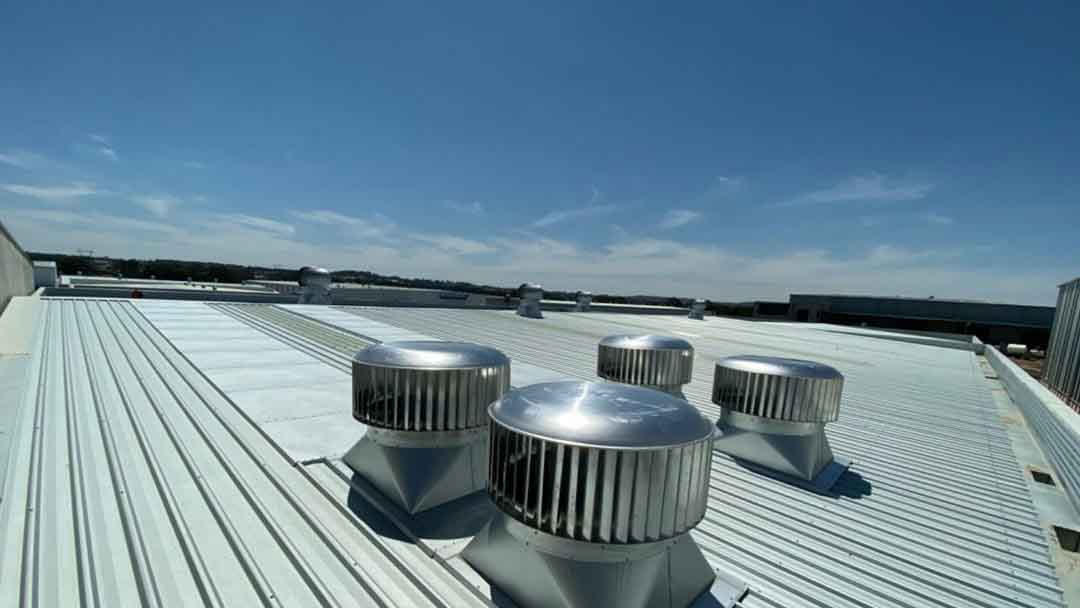
Ridge Vents or Turbine Roof Vents?
As with many things in life, there is no clear answer when it comes to which is better between a ridge vent and a turbine roof vent. Both vents have their strong points, and the best one for you will depend on your particular circumstances. In terms of pure performance, the turbine roof vent undoubtedly wins out and is better suited to hot and humid conditions. If your environment is not as big a factor, ridge vents are far more subtle in their appearance and functionality, making them a better choice aesthetically. If you would like to understand this topic in a little more detail, keep reading, and we’ll lay out all the facts.
Free Tactical Knife >
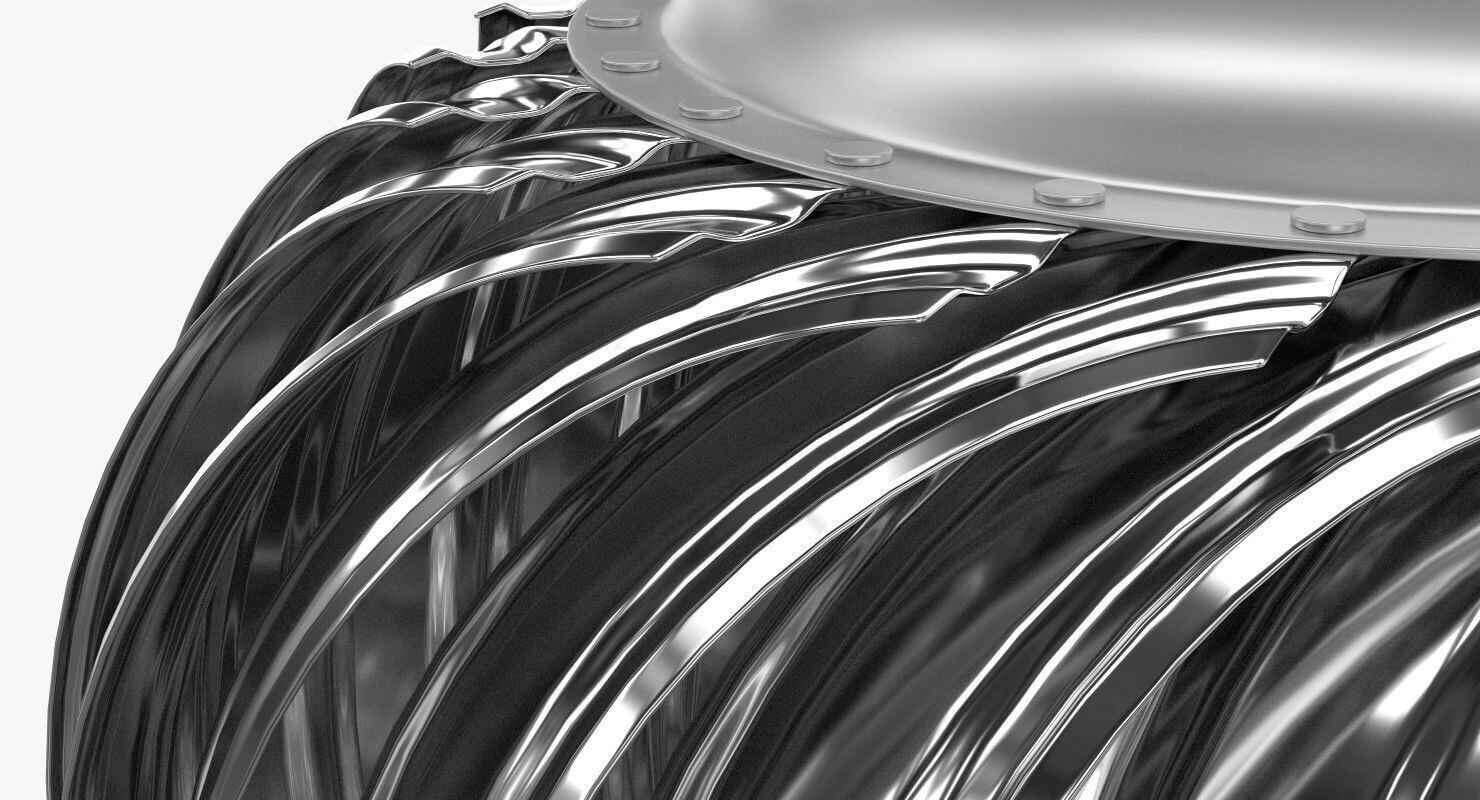
Why Do I Need Roof Vents?
The roof of any building is a problem spot for things like moisture and water leakage. Many reasons can cause this kind of problem to occur—not least of which being old roofing in need of repair or replacement—but many of the issues a roof can face stem from moisture forming—either directly or indirectly—because of the temperature differential at your roof.
Ultimate Dog Training System >
Heat rises, and that means that most of the heat in your property is heading for the roof eventually. When it encounters the roof, it cools rapidly because the surface is exposed to the colder outside air. This causes the moisture in that warm air to condense into liquid water, where it can do all manner of harm to your property, from promoting the growth of mould to degrading the effectiveness of your insulation.
Free Tactical Neck Knife >
Having proper ventilation in your roof keeps that air moving, and balances out that indifference while simultaneously preventing air from staying still long enough to condensate.
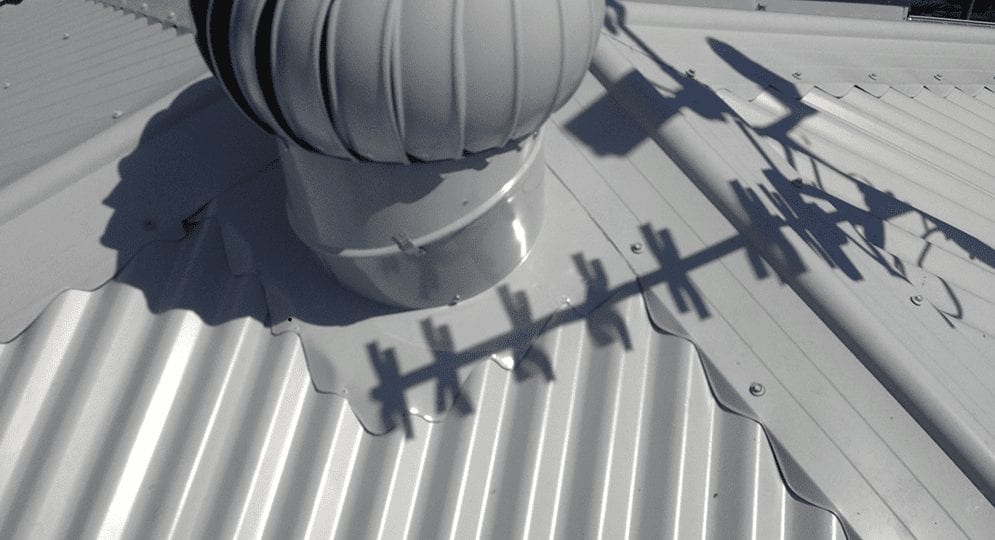
What is a Ridge Vent?
Ridge vents get their name from the fact that they fit into the ridge—or peak—of your roof. They are designed to look as unobtrusive as possible, with some ridge vents even matching the style of your shingles, and being practically indistinguishable from the rest of the roof when viewed from the ground. Ridge vents can create a significant volume of airflow since they can travel a large portion of the length of the roof, rather than just a few locations around the roof.
These advantages come at a cost; however, as installing ridge vents takes considerably more expertise to do correctly. Baffles are required to make sure that moisture does not find its way back into the vent, as well as creating the necessary low pressure needed to draw the warmer air out. It is also not suitable for all roofs since the vents need to be installed along most of the length of the roof to be effective. Some roofs are simply not long enough to make practical use of this method of roof venting.
Free Tactical Knife >
What is a Turbine Vent?
Much like the ridge vent, the name of the turbine vent comes from a very obvious characteristic—it looks like a small turbine. These vents often look a little like a chrome chef’s hat and are mounted at various locations around your roof.
The way they work is simple. As the wind blows across your roof, it turns the turbine. That turbine then draws air up from the within the property. And that’s it! No power is needed to run the turbine. You will typically need a few of these vents on a roof, depending on the size, and the vents themselves come in a variety of sizes to suit different climates. Installation of turbine vents is considerably easier than ridge vents, and it takes up less space on your roof.
You may have already worked out the first downside to a turbine vent: wind power. If your property is in a region where there is not much wind, the effectiveness of the vent is significantly reduced. They are also considerably more visible than ridge vents, which may be an issue for some. It will be necessary to factor in maintenance with this kind of vent, also. Anything with moving parts will eventually wear down, but keeping your turbine roof vents lubricated will increase their lifetime, though it will mean buying that lubricant or possibly paying someone to maintain the vents. The type of climate you are in can also exacerbate the problem of wear and tear, and turbine vents that are left to degrade will start to develop squeaks and groans, which is nobodies idea of a fun time.
Which is Best – Ridge Vent or Turbine Roof Vent?
If you have a large property with a similarly large roof, the ridge vent is a very compelling option. It is unobtrusive, requires little maintenance; it is mostly unaffected by the type of climate you are in, and it will never develop irritating squeaks and groans. You should be prepared to pay a premium; however, installing this kind of vent is a much more involved process. It will also result in more disruption in and around your home.
If, on the other hand, you have a smaller property (consult an expert over what size roof is appropriate), ridge vents may not be suitable for you. In those cases, turbine roof vents will get the job done and will be considerably cheaper and easier to install. However, you will need to factor in future maintenance to keep them running well. You will also need to be in a region with sufficient wind to get the turbine spinning, and you will have to make peace with the fact that turbine vents are not inconspicuous.
Free Tactical Neck Knife >
Ultimately, the choice of roof vent may be made for you by circumstance. If your roof is too small, you will have to use turbine vents. If the region you live in is not windy enough, you will have to go with a ridge vent. If neither option is feasible—such as a property with a small roof in a region with very little wind—you may have to consider another option, such as an electric roof vent.
Just be sure to do your research and weigh your options up, as failing to properly vent your home can result in severe damage in the long term.
Free Tactical Knife
Free Tactical Neck Knife
1 Roof Vent
Supply & Installation Price
$520/1
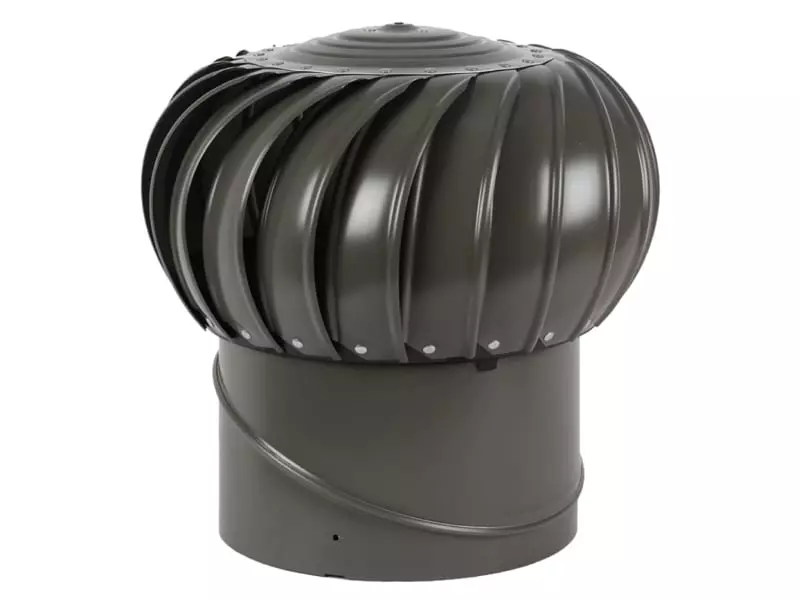
1 Ampelite 300 Spinaway
Colorbond or Mill Finish Supply & Installation Price
Download PDF
2 Roof Vent
Supply & Installation Price
$860/2
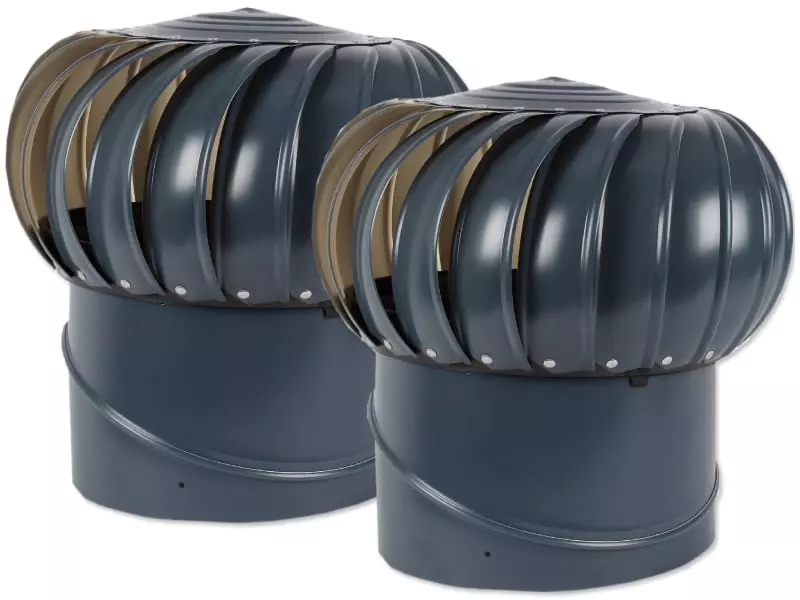
2 Ampelite 300 Spinaway
Colorbond or Mill Finish Supply & Installation Price
Download PDF
3 Roof Vent
Supply & Installation Price
$1,090/3

3 Ampelite 300 Spinaway
Colorbond or Mill Finish Supply & Installation Price
Download PDF
4 Roof Vent
Supply & Installation Price
$1,300/4

4 Ampelite 300 Spinaway
Colorbond or Mill Finish Supply & Installation Price
